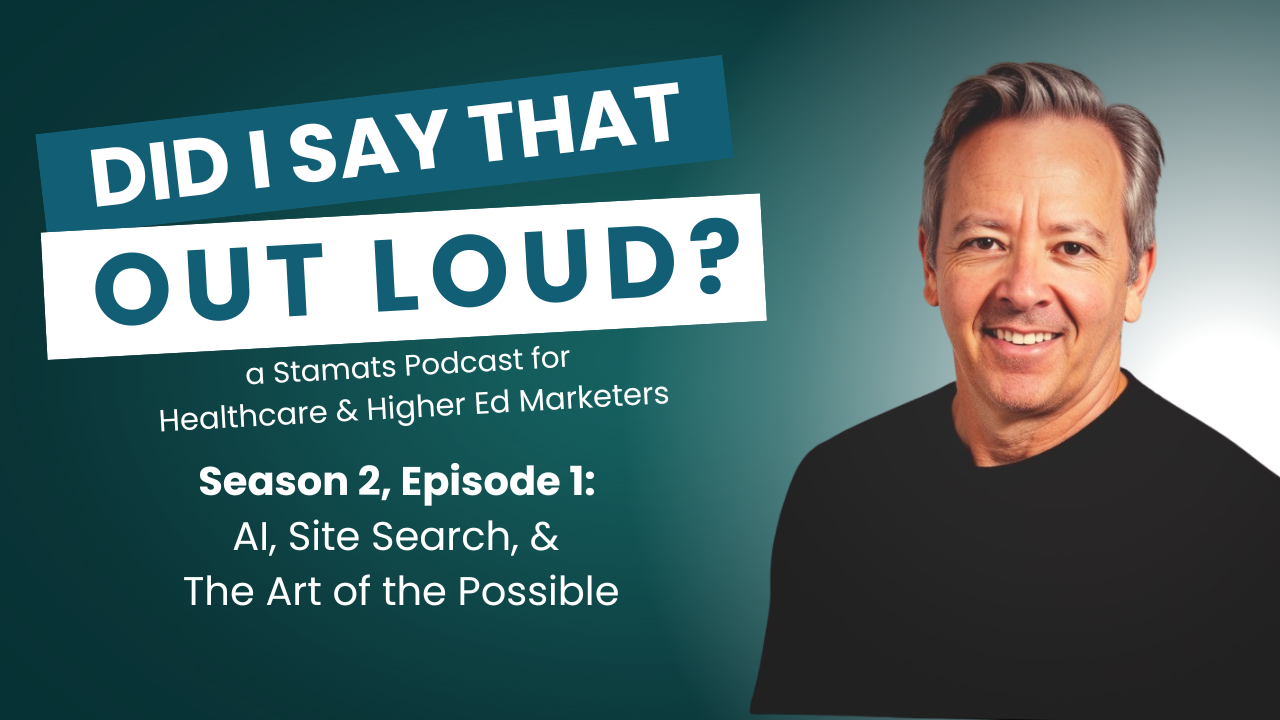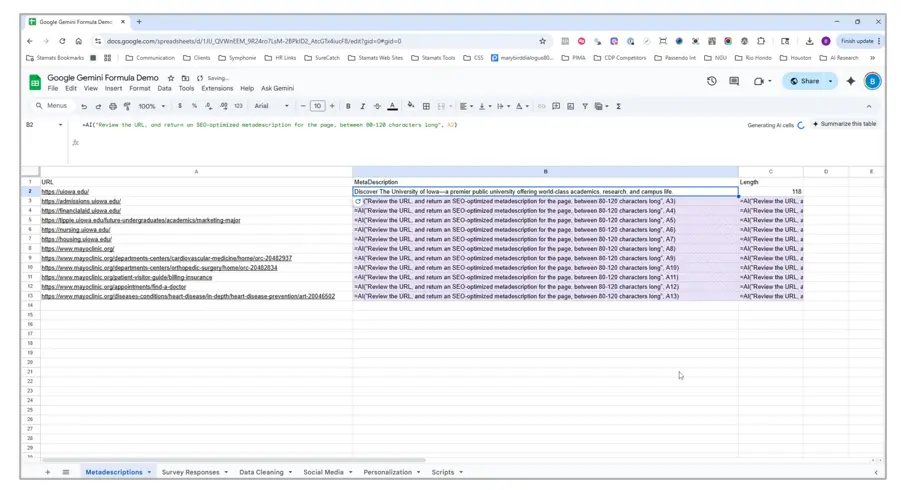Written by
on

What do videos, written content, and traditional printed material have in common? To convey their messages, they all require an audience’s undivided attention. But podcasts are different. In a busy world, podcasts can connect with listeners while they do other things.
Indeed that flexibility has created a powerful medium. According to Statista, 55% of Americans have listened to an audio podcast and 37% have listened in the past month. For colleges and universities, podcasting offers a unique opportunity to make value propositions clear, target and recruit students, attract new talent, and build brands—all for a relatively minimal monetary investment.
As part of multi-channel marketing strategy, the potential of podcasting can’t be overstated. But getting it right takes planning and coordinated effort. If your school is considering launching an institutional podcast, start with these seven steps.
6 Steps to Successful Higher Education Podcasting
1. Be Realistic About Resources
Since podcasting is episodic, consider if you have the budget, personnel, and equipment to produce week after week. In order to maximize resources, explore ways to integrate podcasting with your school’s Mass Communications, New Media, or Broadcasting programs.
2. Define and Describe
Additionally, the best podcasts present a clear concept in a distinctive way. Before you begin, have a solid understanding of the following:
- Goals: Firstly, what do you want the podcast to achieve? For example, are you trying to increase enrollment in a specific program, connect with adult students, or promote new institutional research initiatives? How do the goals support the school’s mission and vision?
- Audiences: Know who you’re trying to reach. What are their priorities, concerns, and areas of interest? What conversations or perspectives are lacking the marketplace?
- Voice: Echo the voice of those you’re trying to reach. Traditional students may respond to a more irreverent and casual tone. Graduate students and prospective faculty may expect to hear a voice of authority and leadership.
- Brand: Remember, every marketing effort is a reflection of your institutional brand. Consider ways to align the podcast—its visual identity, voice, content, and promotional materials—with your school’s brand and brand messages.
3. Measure Success
Peter Drucker, the famed manager and business pioneer, said, “What’s measured improves.” Will the success of your podcast be measured purely by downloads, site traffic, and inquiries? Will reviews, publicity, and new institutional relationships be part of the equation? Decide what success looks like, then measure accordingly.
4. Team Up
Though it often appears like a solo endeavor, successful long-term podcasting is a team effort. Engage talented students to assist with reporting, production, promotion, and data analysis. If you can’t offer a modest payment, fold the work into an independent study or work study course.
5. Invest in Equipment and Recording Space
Again, depending on the resources available, your school may be able to begin producing content immediately. If not, budget for upfront costs that include a dedicated (preferably soundproof) recording space, microphones, headphones, and recording software.
6. Plan and Produce
Finally, target listeners around the world by distributing your podcast across multiple hosting platforms. In addition to Google Play and Apple Podcast, explore other top podcast listening apps.
Marketing and publicity planning should begin early. To entice subscribers on each platform, create short teasers for each episode, then:
- Share episodes across social media channels.
- Link to the podcast from relevant web pages (news and events, college and program pages, faculty profiles, etc.).
- Promote the podcast in email blasts, in e-signatures, and via college/university radio stations.
- Increase accessibility by providing downloadable transcripts of each episode.
Above all, stand out in a crowded marketplace; speak with clear and distinctive voice; and connect with prospective students across media. Stamats’ content services can help you tell your story in powerful new ways. Email us today to get started.
Ready to Get Started?
Reach out to us to talk about your strategy and goals.


